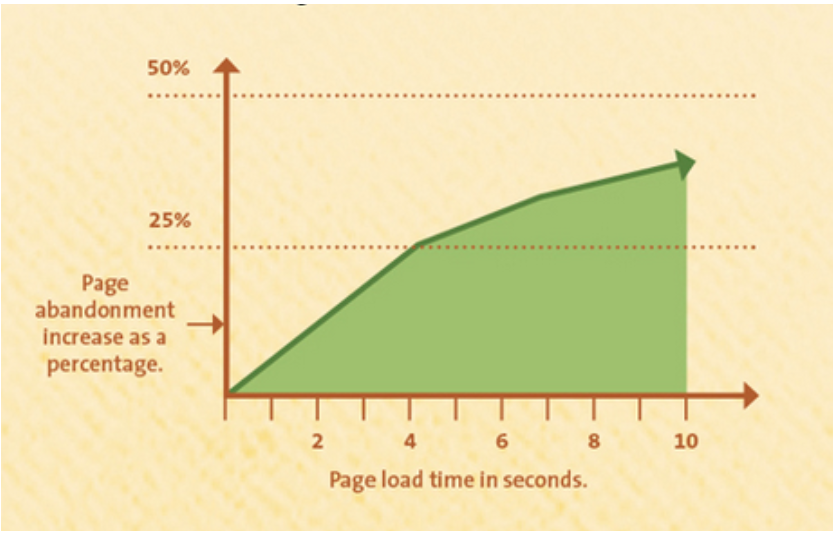
Aaron Orendorff is a contributor at Entrepreneur, Fast Company, Business Insider, Success Magazine, CopyBlogger & MarketingProfs. You can check out how he’s “Saving the World from Bad Content” at iconiContent or on Twitter.
J. J. Abrams is a geek. And I mean that in the best way possible.
In fact, as one of the most successful geeks in Hollywood today, it’s a title Abrams wears proudly …
When I was a kid, it was a huge insult to be a geek. Now it’s a point of pride in a weird way.
Intelligence gives us the ability to craft, plan, love, and survive. Matching those abilities with strategies in your business — especially your online business — will help you Abrams-level grandeur.
So what exactly can J. J. Abrams teach you about intelligent business?
A lot.
To prove it, let’s break down four staggeringly brilliant lessons from the geeky brain and life of Abrams that you can apply today:
1. Tell a story
For Abrams, intelligence starts with a good story. Epic stories aren’t created in a day, in a week, or even in a year. Instead, they build over time.
Which is perfect, because as Jeffrey Madoff, the man behind branding at Victoria’s Secret and Ralph Lauren, points out, “A brand is a story well told.”
Compelling stories demonstrate raw emotion and human truths. They include complex characters, interwoven back stories, and adventure. They draw your audience in.
In a 2013 interview, Abrams explained it like this:
To pack a punch in a crowded market, gripping stories need to be backed by hard stats and data. The best storytellers can also tell their stories simply.
In other words, telling a story, and telling it well, is the first and most powerful way to connect with people — across all industries.
The problem is most companies forget that it’s not enough to just pump out slick color-palettes, inspiring logos, clever mottos, beautiful packaging, or even trendy content… and then just expect people to convert.
99Designs makes this point wonderfully in “The basics of branding: How to make your business iconic”:
Design is that element that stands out initially, but it’s your brand story that is going to give that design and your company’s identity resonance.
So, how can you tell a Abrams’ story in your business? Be relatable.
Being relatable means having real flesh-and-blood characters in your marketing. It also means getting to the action.
Those are the nonnegotiable cornerstones of great storytelling: actors and action.
Google does this powerfully. In fact, this three-minute video — “Reunion” — tells the story of a man from Delhi who hasn’t seen his childhood friend Yusuf since the Partition of India in 1947. The man’s granddaughter arranges for the two to meet again … of course, using Google.
2. Have a master plan
When an eight-year-old Abrams toured Universal Studios with his grandfather, his life-long passion for movies was ignited. After returning home from the adventure, that night, J. J. persuaded his father to let him use the family’s super 8mm camera to record his own films in the backyard. Since then, everything he’s done has been in service to that master plan.
Naturally, Abrams’ plan began with nothing more than passion, an idea, and an opportunity. However, he built technical skills around that foundation. He learned. He planned. He networked. He grew.

His master plan evolved from shooting short flicks with his pals in the yard after school to directing TV shows and feature films with global appeal. Through this process, especially as his projects grew to intergalactic proportions, he learned the immense importance of details.
The same is true of you and your business.
What started as a note on a napkin has grown and that growth, at times, can feel overwhelming.
This is where your one, unified master plan has to kick in. And managing your master plan requires strategic planning. At a technical level, ERP (enterprise resource planning) tools aren’t a requirement for every intelligent business, but the larger your organization, the more essential they become. Not only to align your individual projects with your overall master plan, but to bring together third-party tools like Oracle, SAP, and Salesforce.
3. Love your audience
Abrams loves his audience. And — more importantly — his audience loves him.
Why? Simple… because he’s one of ‘em.
When asked what it is that made him fall in love with Star Wars, Abrams answered, “It was absolutely the first film that struck a cord and that resonates to this day. I think it’s because everyone relates to being stuck in your life and feeling like something extraordinary is just around the corner.”
This love and identification with his audience enables Abrams to jump into the seat of the movie goer and direct his films with a connected purpose.
Nowhere is Abrams’ connected purpose more evident than his 2013 mystery novel S. As both literature and a physical object, S. was heralded as a “profound and tremendous work of art,” by bringing together a fictional book, pre-printed notes in the margins, maps, and a storyline that overlaps two realities
For intelligent online businesses, truly loving your audience comes down to one thing: analytics. To love your audience, you have to know them… intimately.
Big picture analytics gives you precious insight into the life of your consumers. Naturally, Google Analytics is a phenomenal starting point. Other all-in-one dashboards can give your business the intelligence required to make content that your customers love.
Making the most of your analytics by combining onsite data with email, social media mentions, and keyword ranking, helps you connect with your audience on a deeper level.
4. Stay consistent
A recipient of the Visual Effects Society’s Visionary Award last year, Abrams knows you don’t build an empire without stability.
The Visionary Award recognizes an individual who has “uniquely and consistently employed the art and science of visual effects to foster imagination and ignite future discoveries by way of artistry, invention and groundbreaking work.”
One of the biggest mistakes online businesses make is technical inconsistency: giving your market a spotty, it-works-one-day-and-then-crashes-the-next experience.
How do you become consistent in your customer’s eyes?
Make sure your site works… and works fast. Inconsistent performance and unreliable site speed doesn’t just cost you customers it drastically affects your site ranking.
Since 2010 Google has been factoring website speed into search result ranking. For this reason, consistent providers like Hostt.com — who boasts a 99.999 percent uptime for desktop and mobile sites — are a must.
Audiences are impatient. In fact, a 1 second delay in page response can result in a 7 percent reduction in conversions as KISSMetrics proves:
Getting intelligent…
Abrams is a geek. And you should be too, especially when it comes to running an intelligent online business. How?
- Tell a story
- Have a master plan
- Love your audience
- Stay consistent
Follow those four steps and maybe you can be just as geeky as Abrams … and just as successful.
Read next: How to survive the entrepreneurial rollercoaster
Top image credit: Joegrooming.com
Get the TNW newsletter
Get the most important tech news in your inbox each week.





